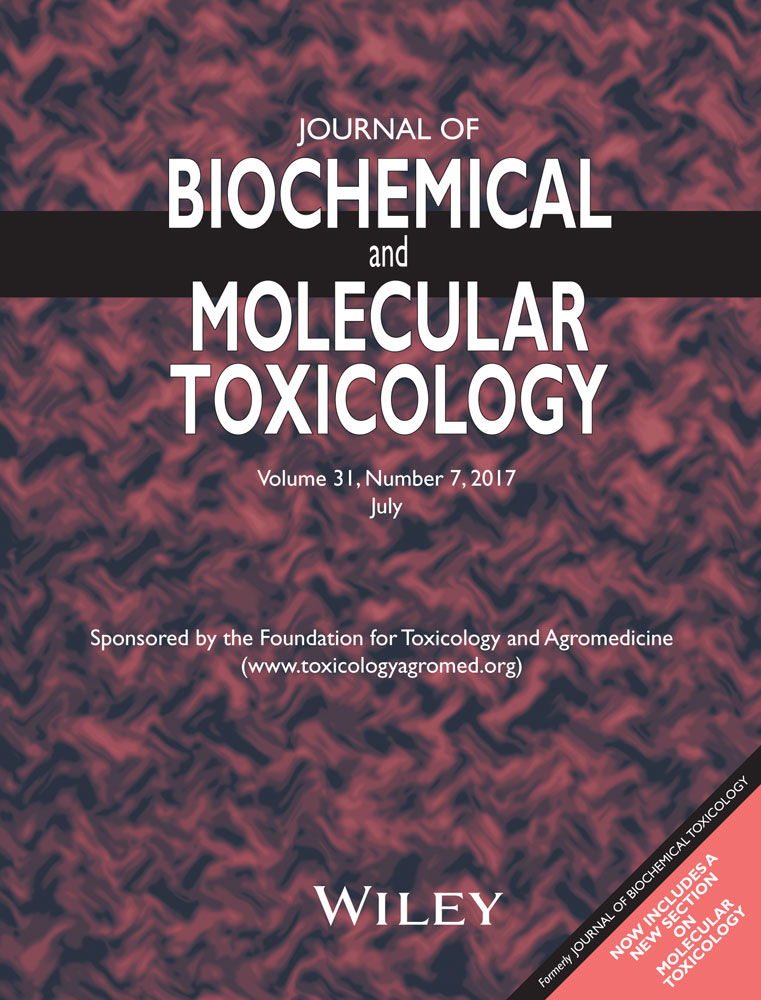Protective effect of hydroxytyrosol in arsenic-induced mitochondrial dysfunction in rat brain
Contract Grant Sponsor: Indian Council of Medical Research, New Delhi, India.
Contract Grant Number: 58/51/2011-BMS.
Contract Grant Sponsor: Department of Science and Technology, New Delhi, India.
Contract Grant Number: SR/FST/LSI-534/2012.
Abstract
The present study was planned to investigate the protective effect of hydroxytyrosol (HT) against arsenic (As)-induced mitochondrial dysfunction in rat brain. Rats exposed to sodium arsenite (25 ppm for 8 weeks) showed decreased mitochondrial complexes (I, II, IV) activities, mitochondrial superoxide dismutase (MnSOD), and catalase activities in brain mitochondria. As-treated rats showed reduced mRNA expression of complex I (ND-1, ND-2), IV (COX-1, COX-4) subunits, and uncoupling protein-2 (UCP-2). In addition to this, As exposure downregulated the protein expression of MnSOD. Administration of HT with As restored the enzymatic activities of mitochondrial complexes, MnSOD and catalase, increased the mRNA levels of complexes subunits and UCP-2 as well as proteins level of MnSOD. These results suggest that HT efficiently restores mitochondrial dysfunction in As neurotoxicity and might be used as potential mitoprotective agent in future.




